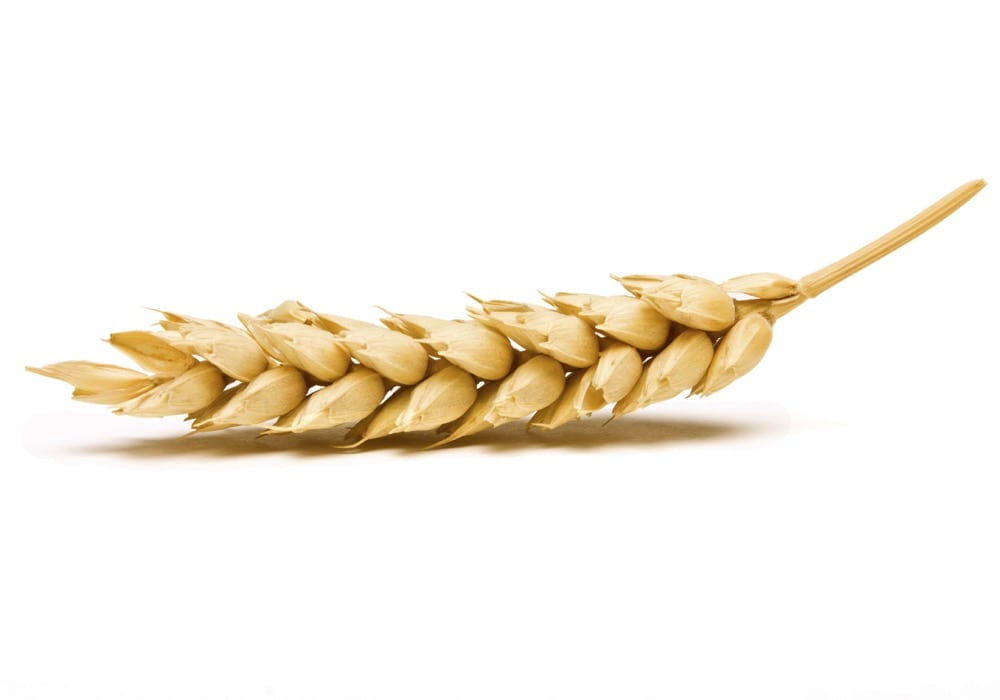Changes to how the Canadian Grain Commission (CGC) regulates Canada’s grain industry are needed to ensure industry competitiveness, an Agri-Food Economic Strategy Table report concludes.
To that end the report recommends the CGC accredit private companies to do the CGC’s mandatory outward weighing and inspection.
It also says the wheat class system “needs to take into account market realities.”
Modernizing the CGC “should not compromise producer protection,” the report adds.
Read Also

Manitoba Ag Days plans star-studded speaker lineup
Dragons’ Den panellist Arlene Dickinson among speaker series highlight for 2026 Manitoba Ag Days in Brandon, alongside slate of agriculture experts.
Released last week, the report is part of government and industry efforts to boost agri-food exports to $85 billion by 2025 putting Canada among the world’s five largest food exporters.
The Western Grain Elevator Association (WGEA), representing the majority of western Canadian grain firms, says 80 per cent of grain exports are inspected both by private and CGC inspectors.
“CGC inspection service is redundant,” WGEA executive director Wade Sobkowich wrote in a recently published op-ed. “The unfortunate part is that farmers are paying for it (outward inspection), not once but twice.”
Canadian grain exported by ship must be inspected by the CGC, but most buyers also want private company inspections.
According to Sobkowich half the CGC’s annual budget, estimated to be around $70 million in the next fiscal year, comes from outward inspection. The federal government should cover the shortfall because the CGC, which protects grain quality in Canada, provides a public good, he says.
“I think the right approach would be to say, what do we need to do and how do we need to do it, and then ask how is that to be funded,” Cereals Canada president Cam Dahl said in an interview Sept. 27.
The report’s CGC recommendations have broad industry support, he added, having been endorsed by the grains roundtable, whose membership includes most general and commodity-specific farm organization, value chain organizations and several grain companies.
“I think we need to look at all ways where we can improve the regulatory system to be more effective, more efficient… ” Dahl said. “That’s one of the ways we’re going to be more competitive internationally.”
But National Farmers Union (NFU) vice-president Cam Goff says it’s an attack on the CGC, founded in 1912 to regulate the grain industry in the interest of farmers and to ensure customers get good-quality grain.

“They’re looking at what’s good for industry, they’re not looking at what’s good for farmers and certainly getting rid of the grain commission is absolutely not good for farmers,” Goff said in an interview Sept. 28. “If you want a quality product you need regulations that oversee it.”
The goal isn’t no regulation, Dahl said.
“The request is absolutely not to eliminate regulation, or to eliminate the classification system,” he said. “It’s not to eliminate the Canadian Grain Commission, but it’s to modernize it.”
According to Goff, it’s naive to think private inspectors will work in the interest of farmers or international grain customers when they work for grain companies.
The federal government is reviewing the report, an official said via email Sept. 28.
The report’s recommendations offer a long-term vision for governments and industry to work together to ensure the agri-food sector can continue to be a driver of Canada’s economic growth,” the official wrote, noting it includes input from the grains roundtable.
The CGC declined comment pending a review by Agriculture Minister Lawrence MacAulay.
However, the CGC has long maintained its ‘Certificate Final,’ guarantees the weight and grade of all Canadian grain exported by ship.
“The ‘cert final’ is important,” former CGC chief commissioner Elwin Hermanson said in an interview in May 2014. “You’ve got to have some document that customers are confident in. (Y)ou have to have a process that protects you from actions from other governments. You can have somebody who is not fully accredited… and they might do a fine job, but if a government (of an importer) finds fault you don’t have the clout of a federal agency like the CGC to defend you and to go to bat for you and make sure you don’t have the door slammed shut. One example was Triffid flax. “The CGC was able to get involved and keep the doors open for flax. It wasn’t easy. We still export a significant amount to Europe because we have somebody like the CGC that can act on behalf of the industry.”
As for Canada’s wheat class system, Dahl said end-use class quality standards need to reflect not only what buyers want, but what they are willing to pay for.
“We need a process that’s a little bit more predictable and transparent,” he said. “Those kinds of things would be very helpful in encouraging investment in Canada. Companies are looking and are investing in wheat research and I want them to invest here.”
In previous interviews CGC spokesman Remi Gosselin has said the class system is predictable, transparent and linked to customer needs. Although the CGC determines which of 10 classes of newly registered wheats enter, the end-use quality standards for the nine milling classes are developed by the Prairie Recommending Committee for Wheat, Rye and Triticale, whose members represent the wheat value chain, including private and public wheat developers, farmers, exporters and millers.
Nevertheless, Dahl is adamant the industry needs more input.
Some private wheat-breeding companies have complained Canada’s variety registration and wheat class system block commercialization of some of their wheats in Canada.
System supporters counter that the standards for end-use quality, agronomy and disease protection reflect the needs of growers and end-users and apply equally to all developers.
Asked if calls to change the class system are led by private wheat developers, Dahl replied: “It is developers, but it’s not the big ones. It is also coming from… some in the farm community that are looking for additional options and are asking that question of how do we ensure that… we’re competitive 10 to 15 years from now and how do we ensure that our system has enough flexibility to adjust so that as Russia and Ukraine figure out how to deliver high quality onto the world (market) that we’re able to continue to compete.”
“How do we ensure that our system has enough flexibility to adjust so that as Russia and Ukraine figure out how to deliver high quality onto the world (market) that we’re able to continue to compete?” Dahl said.
Farmers and end-users already have a lot of options, Goff said.
They range from high-quality lower-yielding wheats to high-yielding ones with no milling quality standards at all.
“To say getting rid of some of the class quality requirements is going to be beneficial to farmers or customers is ridiculous,” he said.
Canadian wheat is known for quality, Goff said. The way to compete with Russia is to continue pursuing quality, he said.
Despite Dahl’s assurances, Goff said there are some who want to kill the CGC and scrap Canada’s grading and wheat class system.
“I can unequivocally say that perspective is absolutely not the driving force,” Dahl said.
















